What is dYdX? A beginner's guide to trading on a decentralized exchange
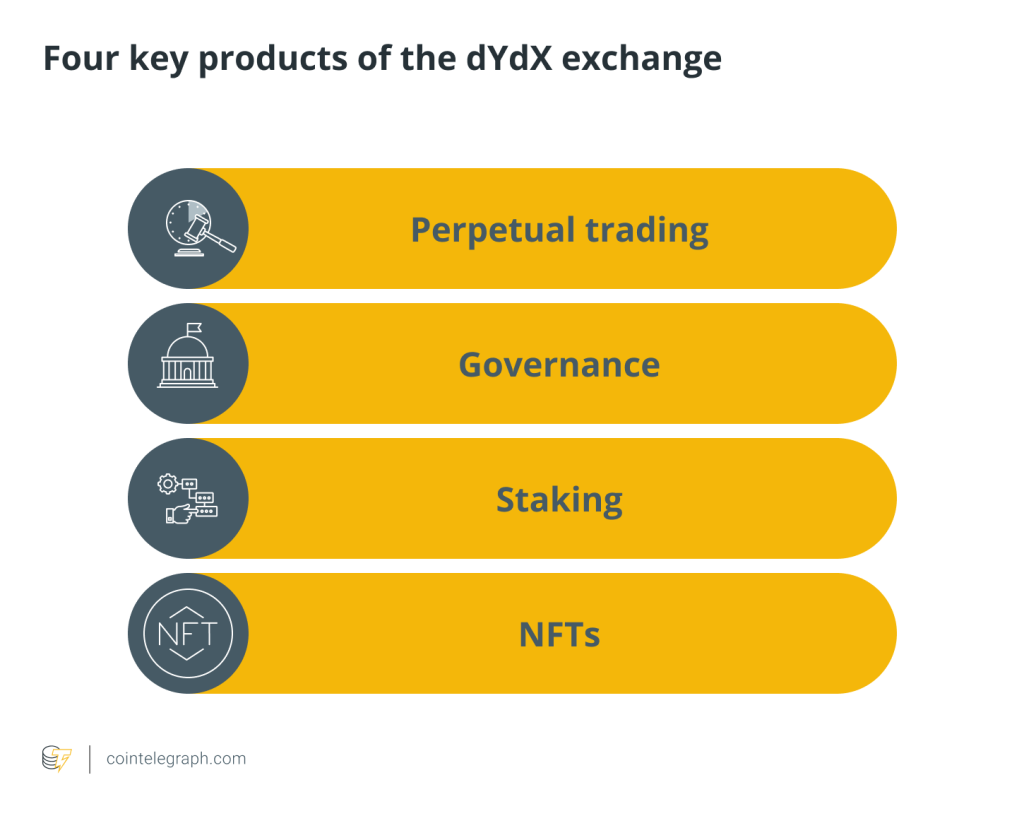

dYdX is a decentralized exchange (DEX) platform that offers perpetual trading options for over 35 popular cryptocurrencies including Bitcoin (BTC), Ether (ETH), Dogecoin (DOGE) and Cardano (ADA). It stands as one of the biggest decentralized exchanges in the world in terms of trading volume and market share.
dYdX was founded by Antonio Juliano, a California-based entrepreneur, in August 2017. The exchange was launched in July 2017 initially offering crypto margin trading, lending and borrowing services over Ethereum layer-1.
Fast-forward to August 2021, the dYdX exchange started offering cross-margin perpetual trading. In cross-margin trading, users can repurpose their available balance on the platform to provide liquidity to existing trades — a popular method to avoid liquidations during high volatility.
The dYdX protocol was built over the Ethereum smart contracts and STARK (zero-knowledge) Rollups powered by Starkware. The platform started its journey in the cryptosphere by offering spot trading and has since relaunched three iterations of its services to decentralize its components. As a way to decentralize the exchange, most of the dYdX exchange is built on trustless protocols, which are publicly extensible without any permission.
This article walks through the various products offered on the dYdX exchange and helps identify investment opportunities within the decentralized trading landscape.
Perpetual trading/contracts vs. traditional contracts vs. spot trading
To know exactly how dYdX works, one needs to understand the various trading options available in the market and the major differences between them.
Perpetual futures contracts, or simply, perpetual contracts allow users and investors to place a buy or sell order at a fixed price indefinitely i.e., with no expiry date. This differs from spot trading, which involves selling or buying cryptocurrencies instantaneously based on the market price. On the other hand, traditional futures contracts have a time limit on every order, which automatically collapses once the time has expired.
As a decentralized exchange, dYdX is primarily home to perpetual markets that eventually branched out to offer spot and margin trading on the Ethereum layer-1 blockchain and layer-2 cross-margined perpetuals.
Trading options on the dYdX exchange
dYdX is one of the leading decentralized exchanges that offer layer-2 perpetual trading options, nonfungible token (NFT) collections for community building, and a Ropsten Ethereum testnet for projects that seek risk-free testing environments.
Over the years, as dYdX continues to pursue its goal of fully decentralizing, the exchange followed an incremental approach in releasing new service offerings. The dYdX exchange has four key products: perpetual trading, governance, staking and NFTs.

Let’s dive into the range of products offered by the dYdX exchange (v3) in detail.
Perpetual trading on the dYdX exchange
Perpetual trading is dYdX’s flagship offering, which allows users to trade open markets with non-expirable contracts. As a result, investors get to hold their buy or sell positions indefinitely until the predetermined trade conditions are met. For example, if a user places an order to sell 1 Bitcoin at $100,000, the order will remain active until Bitcoin reaches $100,000 and the trade is complete. However, an investor may choose to terminate the contract by pre-closing the buy or sell order.
The dYdX perpetual is offered as a non-custodial, decentralized margin product that provides a synthetic exposure to a variety of crypto assets. Perpetual contracts are built on top of an underlying asset, which in the case of dYdX, are Ethereum-based ERC-20 tokens. As a result, dYdX allows the creation of entirely new asset classes, which derive their value from underlying blockchain-based assets.
Governance and staking in dYdX
Approximately one year after the launch of the dYdX platform, the exchange launched DYDX, the governance token for the dYdX protocol. Users can earn DYDX tokens on their trading activities on the DEX — with all fees paid and open interest.
The community arm of the dYdX exchange allows users to stake their existing crypto holdings to earn yield in DYDX, an in-house governance token. The exchange offers two pools — the liquidity pool and the safety pool — where users can stake USD Coin (USDC) and earn rewards for contributing to dYdX exchange liquidity.
In addition, the DYDX tokens can be used on the platform for community voting and governance initiatives. Users can use their DYDX reserves to vote on community proposals related to various module upgrades, restorations and grants. One can also choose to support the community by investing in DYDX tokens via popular crypto exchanges such as Kraken and Coinbase.
Nonfungible tokens on dYdX
dYdX’s latest product offering is an NFT collection named Hedgies, a collection of animated hedgehogs designed by two independent digital artists, Anna and Arek Kajda. dYdX’s NFT collection went live in February 2022 and has since launched 4,200 NFTs minted over the Ethereum blockchain.
Hedgies are distributed to users based on their trading statistics and community interactions such as voting. Owners of the Hedgies NFTs are entitled to certain perks while trading on dYdX. Minting Hedgies costs just the gas fees and was created to award users on various occasions and achievements.
Spot and margin trading on dYdX (legacy)
dYdX offered spot and margin trading services over the Ethereum layer-1 blockchain protocol. The exchange pulled the plug on its layer-1 offering on November 1, 2021, and has since migrated over to offering layer-2 perpetual products — furthering its goal of becoming a truly decentralized exchange.
The dYdX exchange uses Ethereum smart contracts to leverage spot and margin trades. Similar to other centralized and decentralized exchanges, dYdX also offers trading features including stop-loss and limit orders.
The future of dYdX decentralized exchange
For dYdX, the roadmap includes becoming 100% decentralized by the end of 2022. The decentralized exchange is currently in its third version. With dYdX v4, the exchange aims to operate as fully decentralized, with no centralized components.
Most components of the dYdX v3 platform are decentralized; however, the company relies on centralized systems for the orderbook and the matching engine. As a result, a full decentralization of the dYdX platform will mean the decentralization of the orderbook and matching engine.
The fourth version of the dYdX protocol will be rolled out as an open-source, decentralized and community-controlled trading platform. In addition to full decentralization, the dYdX v4 protocol is expected to see the reintroduction of trading features such as spot, margin and additional synthetic products. The company also intends to bring in improvements to existing margin and collateral options as well as other trade activities.
With dYdX v4, the community will take control away from the company, dYdX Trading Inc., which, as a result, will no longer be able to collect revenue on the trading fees. Upon community approval, the inability to earn revenue will apply to the connected centralized systems as well.
Despite crypto’s inherent goal of the decentralization of finance, centralized exchanges such as Binance and Coinbase dominate the trading landscape in terms of trading volumes. One of the main reasons relates to the ease of regulating centralized entities. With decentralization, however, dYdX intends to give power back to the community of investors while delivering the utmost transparency. Read Cointelegraph’s detailed guide on further improving your understanding of decentralized exchanges and how they work.

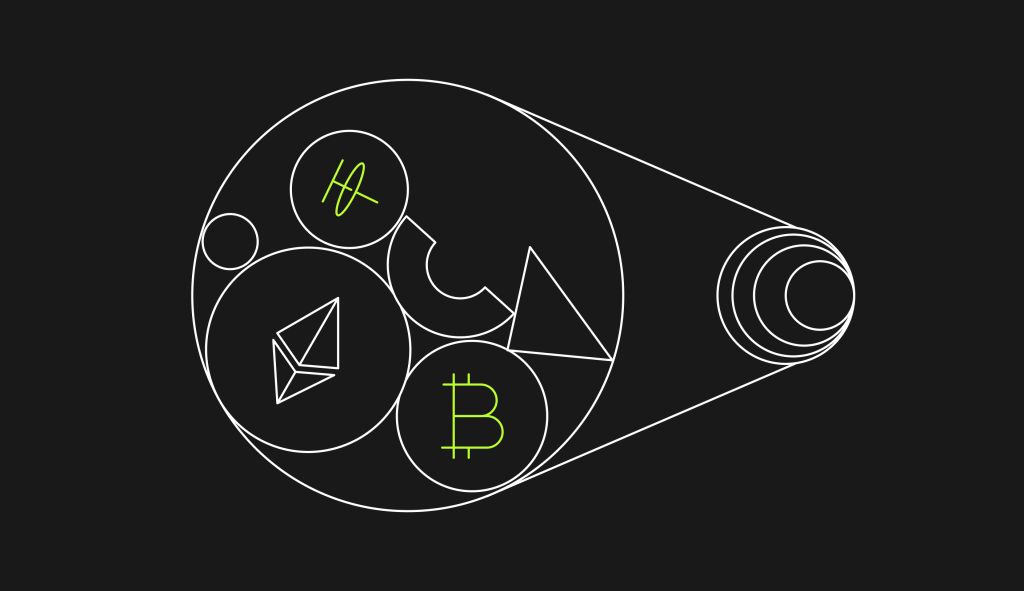
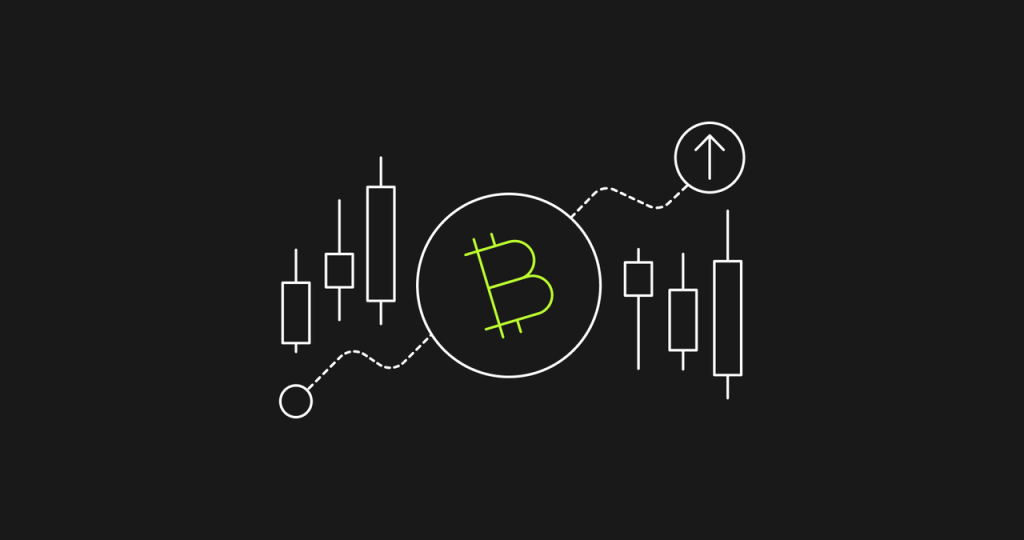
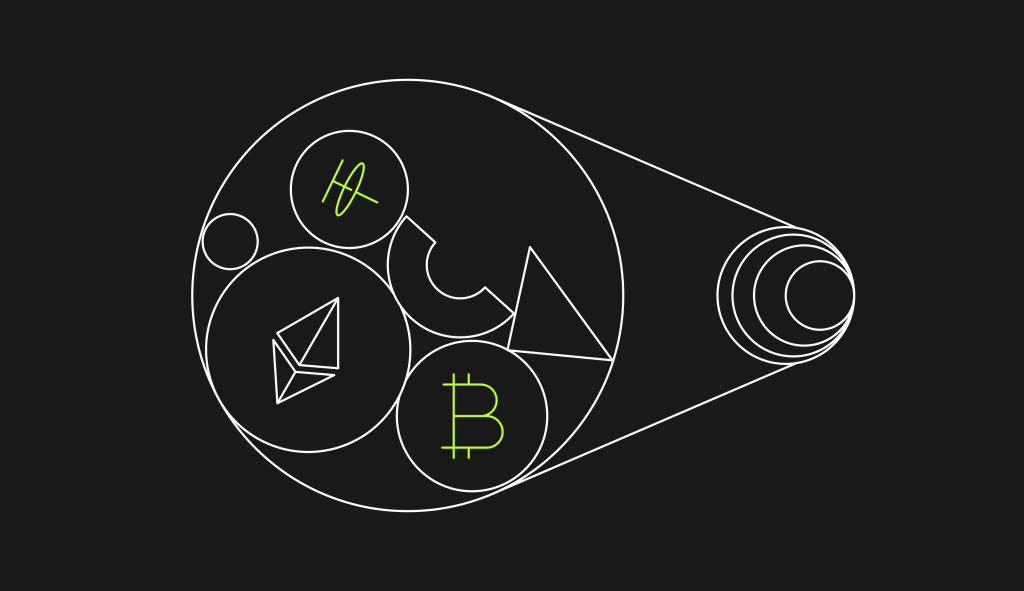
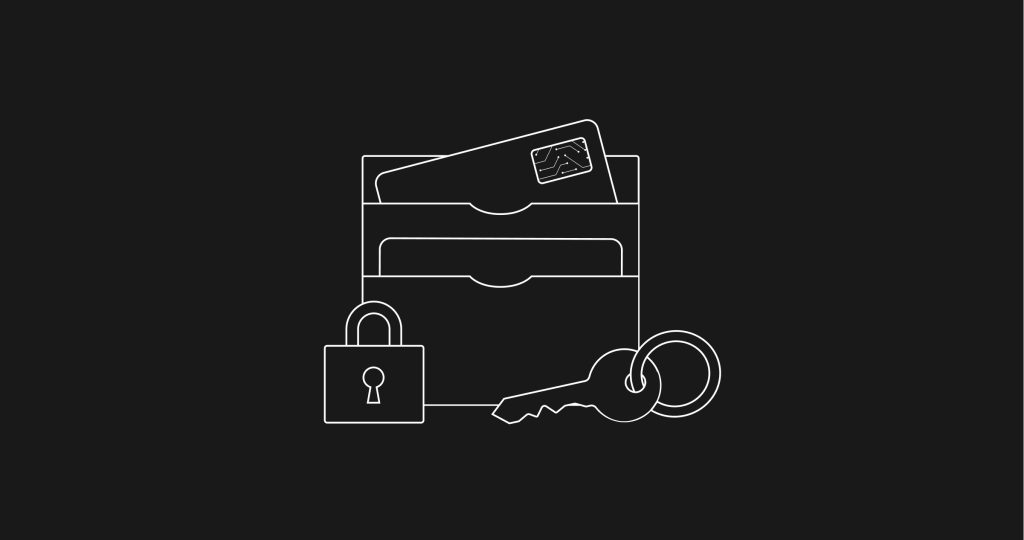
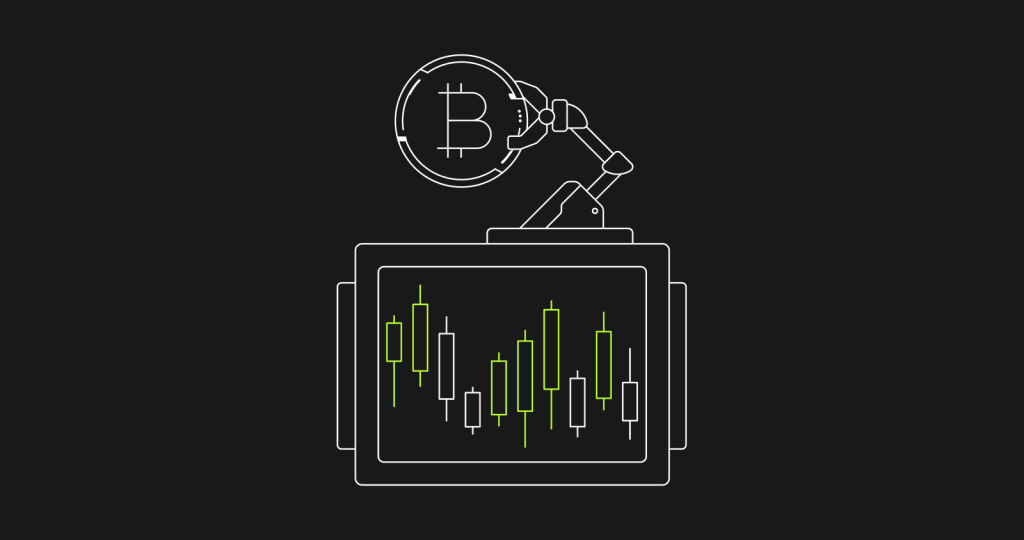
… [Trackback]
[…] Here you will find 81664 additional Info on that Topic: x.superex.com/academys/beginner/3114/ […]
… [Trackback]
[…] Info on that Topic: x.superex.com/academys/beginner/3114/ […]
… [Trackback]
[…] Find More to that Topic: x.superex.com/academys/beginner/3114/ […]
… [Trackback]
[…] Information on that Topic: x.superex.com/academys/beginner/3114/ […]
… [Trackback]
[…] Find More on on that Topic: x.superex.com/academys/beginner/3114/ […]
… [Trackback]
[…] Find More here to that Topic: x.superex.com/academys/beginner/3114/ […]
… [Trackback]
[…] Read More Information here to that Topic: x.superex.com/academys/beginner/3114/ […]
… [Trackback]
[…] Find More on that Topic: x.superex.com/academys/beginner/3114/ […]
… [Trackback]
[…] Read More to that Topic: x.superex.com/academys/beginner/3114/ […]
… [Trackback]
[…] Read More to that Topic: x.superex.com/academys/beginner/3114/ […]
… [Trackback]
[…] Here you will find 73780 additional Information on that Topic: x.superex.com/academys/beginner/3114/ […]
… [Trackback]
[…] Info to that Topic: x.superex.com/academys/beginner/3114/ […]
… [Trackback]
[…] There you will find 73355 more Information to that Topic: x.superex.com/academys/beginner/3114/ […]
… [Trackback]
[…] Find More Information here to that Topic: x.superex.com/academys/beginner/3114/ […]
… [Trackback]
[…] Read More on to that Topic: x.superex.com/academys/beginner/3114/ […]
… [Trackback]
[…] Read More on on that Topic: x.superex.com/academys/beginner/3114/ […]
… [Trackback]
[…] Find More Information here on that Topic: x.superex.com/academys/beginner/3114/ […]
… [Trackback]
[…] Read More here to that Topic: x.superex.com/academys/beginner/3114/ […]
… [Trackback]
[…] Find More Information here on that Topic: x.superex.com/academys/beginner/3114/ […]
… [Trackback]
[…] Find More to that Topic: x.superex.com/academys/beginner/3114/ […]
… [Trackback]
[…] Find More on that Topic: x.superex.com/academys/beginner/3114/ […]
… [Trackback]
[…] Info to that Topic: x.superex.com/academys/beginner/3114/ […]
… [Trackback]
[…] Find More Info here to that Topic: x.superex.com/academys/beginner/3114/ […]
… [Trackback]
[…] Here you can find 29271 more Info on that Topic: x.superex.com/academys/beginner/3114/ […]
… [Trackback]
[…] Read More on that Topic: x.superex.com/academys/beginner/3114/ […]
… [Trackback]
[…] There you will find 77320 additional Information on that Topic: x.superex.com/academys/beginner/3114/ […]
… [Trackback]
[…] Information to that Topic: x.superex.com/academys/beginner/3114/ […]
… [Trackback]
[…] Find More here to that Topic: x.superex.com/academys/beginner/3114/ […]
… [Trackback]
[…] Read More on that Topic: x.superex.com/academys/beginner/3114/ […]